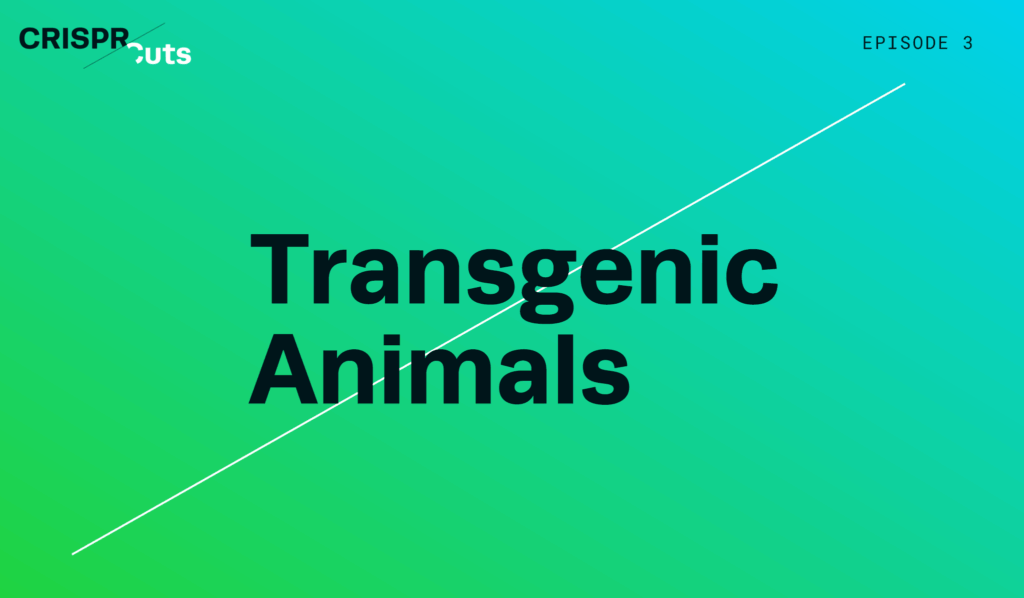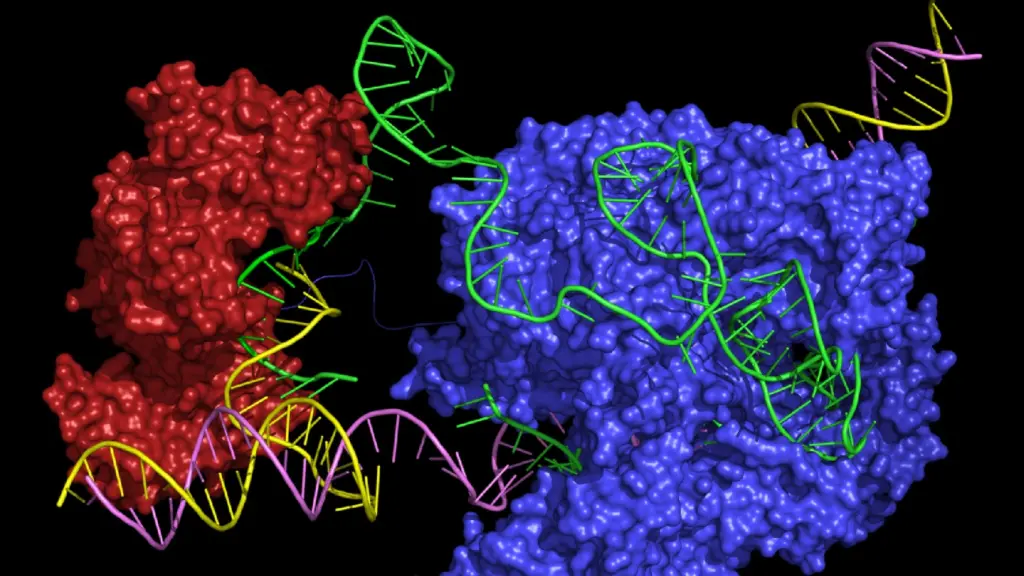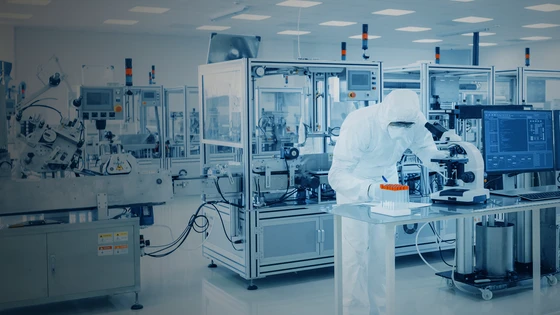Human obsession with hybrid animals dates back centuries. The mythological chimera, for instance, was a ferocious fire-breathing animal that was part lion, part goat, and part snake. Although we are not creating such hybrid monsters in the lab, the importance of introducing foreign genes in animals for the benefit of mankind has not gone unrecognized.
Transgenic animals possess foreign genetic material incorporated in their genome. These genomic manipulations often produce physical traits in the animals that are normally absent. The applications of transgenic animals were initially limited to model systems for understanding human diseases and developing novel therapeutics, but researchers soon realized their potential in the food and biomaterials industries, giving further impetus to genome engineering research.
Putting the gene in transgenic
How did scientists master the art of creating useful transgenic animals? As with most experiments, they perfected it with trial and error over several decades.
The first attempts at creating transgenic animals were recorded in the early 1980s. Mice, a common model organism for genetics, were the first to have their genome modified. Early methods involved injecting a DNA fragment with the desired insert sequence into mouse embryos. This resulted in incorporation of the insert into random sites in the mouse genome, albeit at low efficiency (1–3). Although this achievement was a major advance in the field of genetics back then, the method had severe limitations such as high toxicity due to the off-target DNA inserts.
Consequently, an alternative method for creating transgenic animals surfaced. The genetic material of embryonic stem cells was modified in a targeted manner via homologous recombination using a template DNA. Then, these modified stem cells were injected into mice embryos.
Over time, newer techniques, such as site-specific recombinases, ZFNs, and TALENS, improved the precision of editing specific genomic targets in animals. However, some issues persisted and these methods were inefficient and laborious, thereby limiting their scope of application.
Along Came CRISPR
Introduction of the CRISPR-Cas9 technology in 2012 was a game-changer in the field of genetic engineering. As CRISPR enabled targeted genome editing in a simple, efficient, and economical manner, the process of creating transgenic animals became simpler in the span of just a few years.
Moreover, commercial availability of synthetic single guide RNA (sgRNA) drastically reduced the experimental time and improved the editing efficiency when compared to in vitro transcribed (IVT) guide RNAs. For instance, Synthego’s synthetic sgRNA shows high editing efficiencies and high rates of germline transmission, key factors for successfully generating transgenic animals.
Development of CRISPR-based genome engineering technology enabled editing genes with such ease that standardized protocols for creating transgenic mice in the lab are now available for guiding researchers. The list of CRISPR-modified transgenic animals now extends far beyond mice to many more species. We discuss some interesting examples below.
Examples of CRISPR-generated Transgenic Animals
Salmon
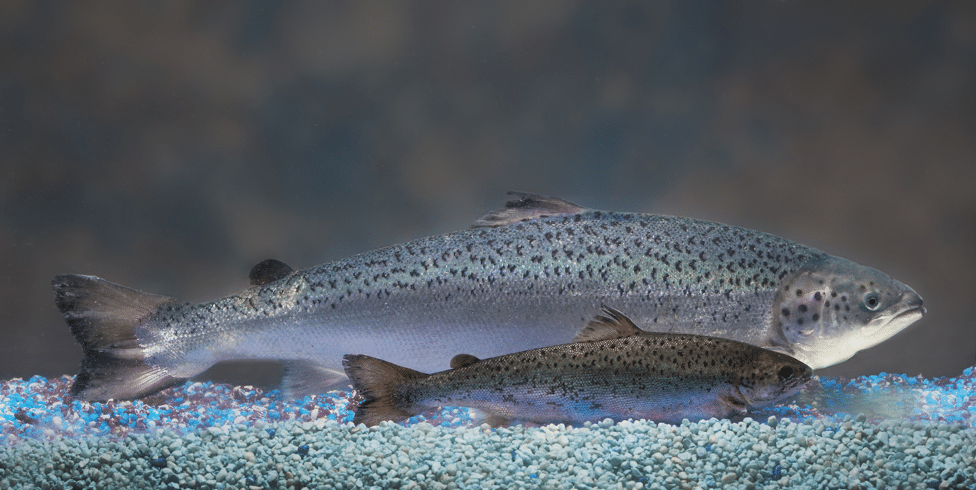
In 2015, salmon became the first genetically engineered organism approved for consumption in the United States. To produce this “AquAdvantage” salmon, researchers at the company AquaBounty introduced a growth hormone gene that resulted in faster growth of the salmon, reducing their market time from 3 years to 18 months. Raising these transgenic salmon requires fewer resources than normal salmon, thus contributing to the production of more sustainable food products.
Chicken
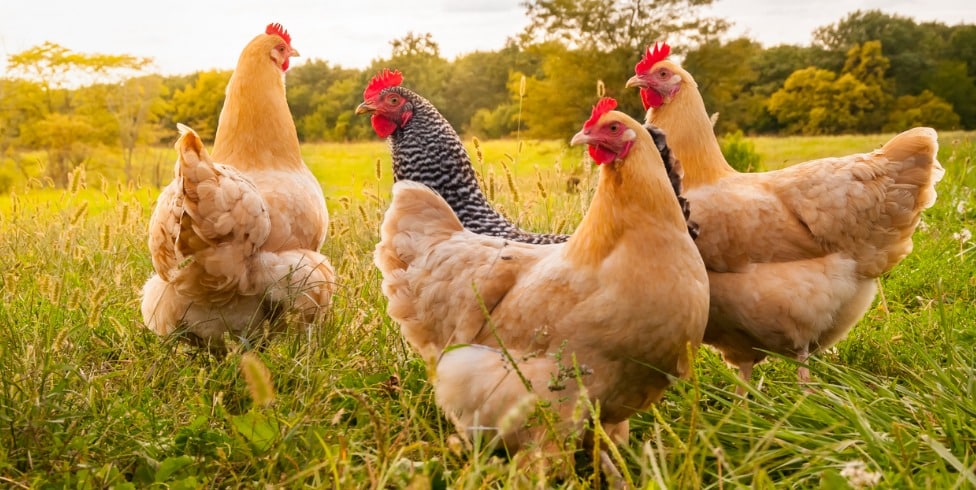
Although salmon is the only animal currently approved for consumption, products from genetically modified animals were introduced to the market a few years ago. One example is the modification of the chicken genome to induce production of eggs containing a recombinant enzyme drug. After purification of the enzyme, this drug, marketed as Kanuma, can be used to treat people suffering from a rare condition wherein their body cannot break down fats with their normal enzyme, thus reducing fat accumulation in these individuals.
Recently, scientists used CRISPR to target genes encoding the proteins ovalbumin and ovomucoid, the common allergens in eggs. Researchers hope to produce hypoallergenic eggs in the future using this method.
Goats

As CRISPR technology eased the process of editing genomes, researchers tested the technology in more complex animals. Recently, a team of scientists in China used CRISPR to knockout two genes that suppress the growth of hair and muscles in goats aiming to boost the income of goat breeders by increasing cashmere and meat production in goats in the future.
Cows
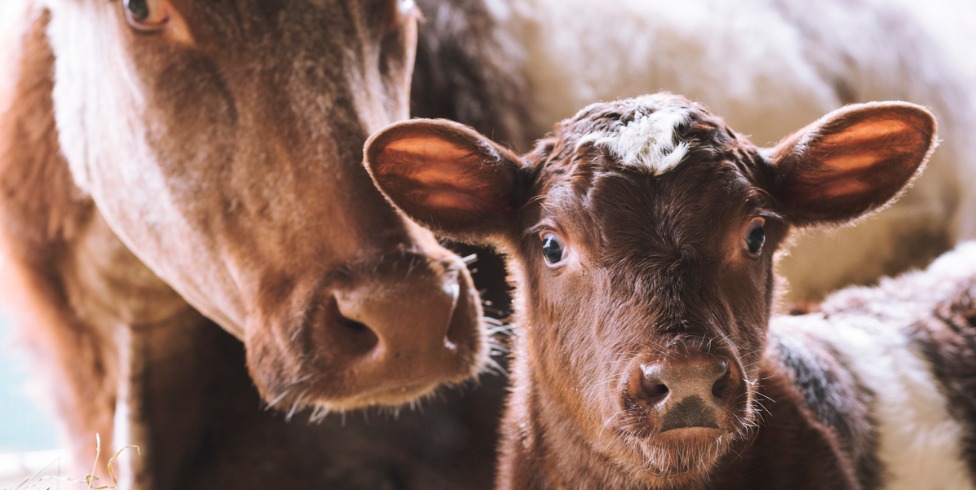
Polling, the process of removing the horns of cattle, is a painful process for the animals, but is essential to avoid injuries while packing them into trucks for transportation. Alison Van Eenennaam at the University of California, Davis proposes a solution using genome engineering to produce elite cow breeds without horns. Her idea involves introducing the gene responsible for the hornless state of Aberdeen Angus cows into Holstein cows to eliminate their horns. Van Eenennaam is also currently working on a “Boys Only” project, wherein she intends to use CRISPR to introduce a gene that triggers all male characteristics in cows. The resulting animals will possess higher muscle content, potentially aiding sustainable and economical beef production in the future.
Pigs
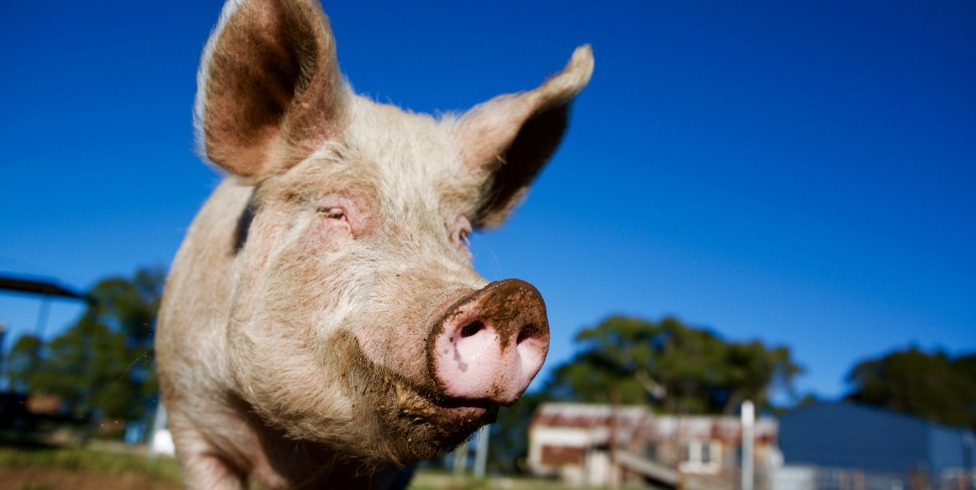
The idea of using pigs as organ donors for humans has been around for a long time due to the severe scarcity of human organs available for transplantation. However, the pig genome possesses fragments of retrovirus genomes from past infections, raising safety concerns in humans. Researchers recently achieved the difficult task of eliminating all viral DNA fragments from the pig genome for the first time, bringing us a step closer to the long-term goal of using pigs as organ donors.
Scientists have been tinkering with the pig genome for improving food options as well. In a recent study, researchers introduced a mouse gene that regulates body temperature into pigs. This helps the pigs maintain their normal temperature in cold weather by burning fat, resulting in 24% lesser fat than normal pigs. Not only are these “low-fat” pigs a healthier option for consumers, they will also reduce heating and maintenance costs for breeders, making this a win-win situation.
Mammoths

This may seem hard to believe, but researchers are trying to genetically engineer elephants by introducing genes from the long-extinct woolly mammoth. In the long run, they hope to implant the modified embryo into artificial wombs to resurrect mammoths or at least create a close version, like an Arctic elephant.
Humans
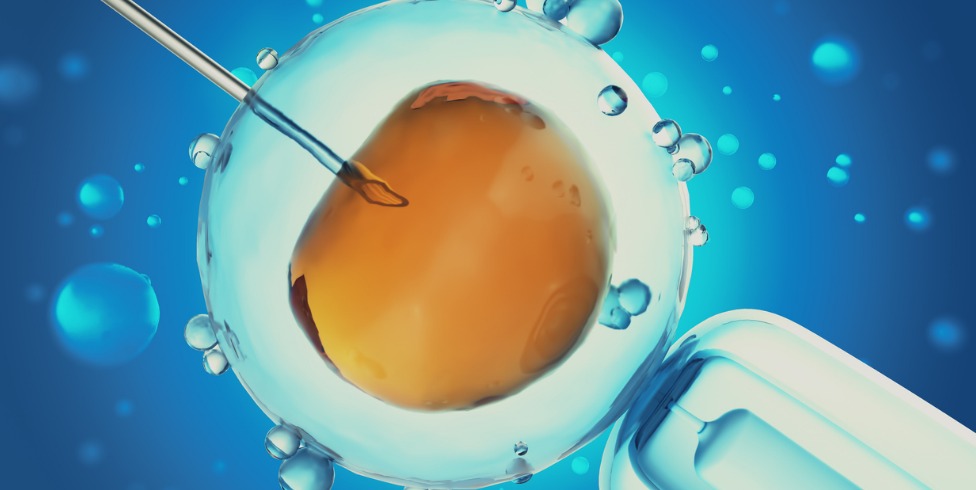
In a major breakthrough, researchers recently edited the human embryo by correcting a mutation in a gene causing heart defects. The CRISPR components were introduced into the embryo at the same time as sperm-injection, rather than after fertilization, resulting in a dramatically reduced number of mosaics (different cells containing different genetic sequences) in the embryos. Although the embryos were not implanted, the study presents a promising methodology for editing human genome in the future.
Conclusion
Although some of these projects may not be completed for years, directed efforts to achieve these goals are already underway. In the future, we expect booming growth in the production of CRISPR-created transgenic animals with applications in food, medicine, and biomaterials.
References
- Brinster, Ralph L., et al. “Somatic expression of herpes thymidine kinase in mice following injection of a fusion gene into eggs.” Cell 27.1 (1981): 223-231.
- Brinster, Ralph L., et al. “Regulation of metallothionein–thymidine kinase fusion plasmids injected into mouse eggs.” Nature 296.5852 (1982): 39-42.
- Palmiter, Richard D., et al. “Dramatic growth of mice that develop from eggs microinjected with metallothionein–growth hormone fusion genes.” Nature 300.5893 (1982): 611-615.
CRISPR 101 eBook
CRISPR has quickly become a standard laboratory tool for gene editing. As the adoption of CRISPR accelerates worldwide, up-to-date knowledge of the basics of CRISPR is essential for anyone in the field. From target identification studies to the recent breakthroughs in clinical trials, CRISPR is enabling scientists to unlock the power of the genome.
Download our CRISPR 101 eBook today to stay up to date on all your CRISPR basics and get the best results in your CRISPR experiments!

